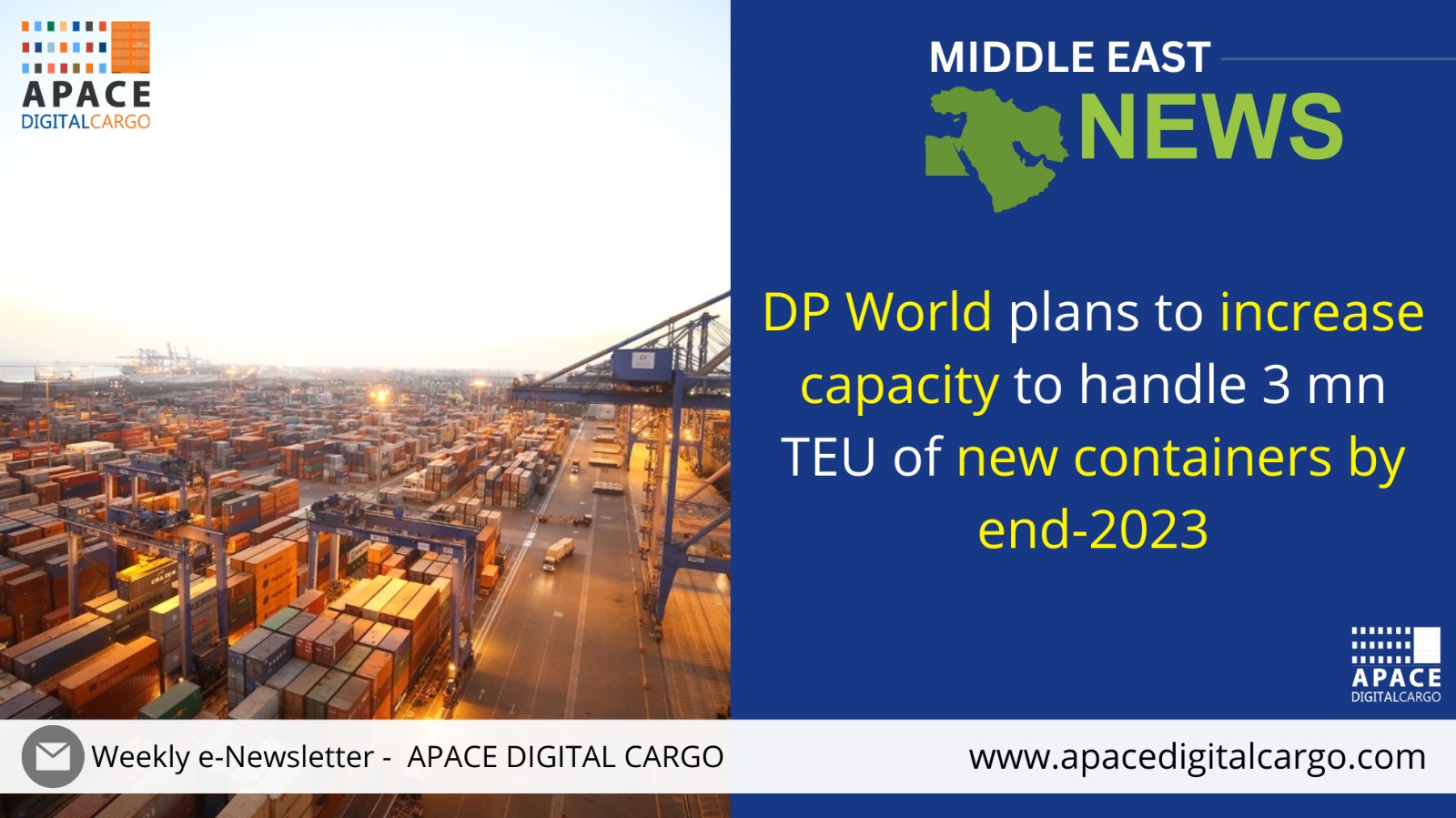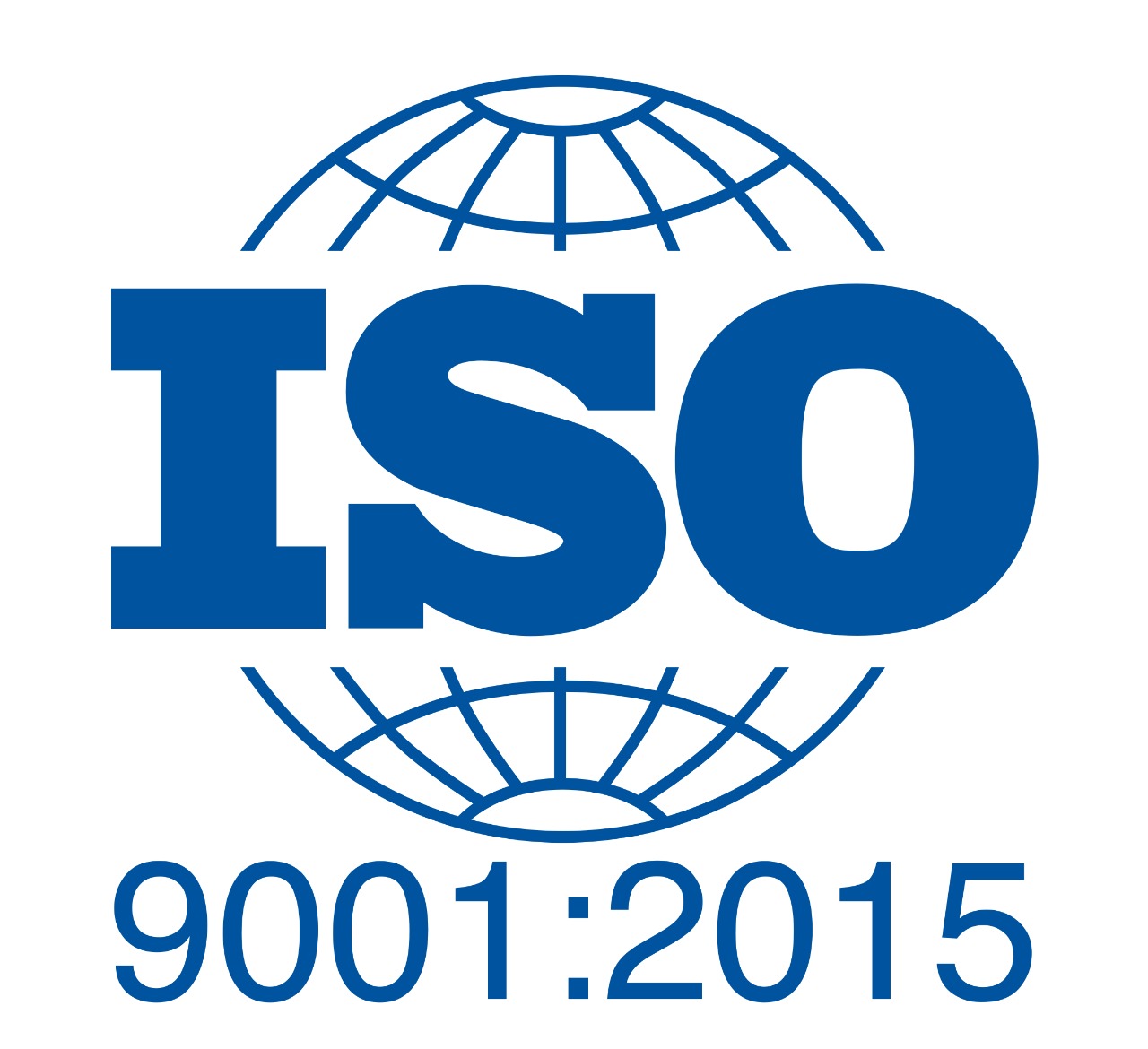
By the end of this year (2023), DP World intends to install about 3 million Twenty-Foot Equivalent Units (TEUs) of new container handling capacity, providing much-needed infrastructure and capacity to increase global supply chain resilience.
Among the top five international port operators, the global trade facilitator oversees about 9 percent of the world’s handling capacity. The increases will bring its overall gross capacity to 93.6 million TEUs, assisting in meeting rising demand in key trading areas.
Key expansions will be completed this year in Caucedo (Dominican Republic), including an additional 1.2million TEU, Yarimca (Türkiye) projected an additional 579,000 TEU, Sokhna (Egypt) adding 500,000 TEU, Jeddah (Saudi Arabia) with an additional 200,000 TEU, among other key markets.
Supply chain advisors, Drewry, forecast that global container throughput will grow to 932 million TEU by 2025, up from 858 million TEU in 2021.
The company’s capacity growth ambitions come at an important moment, with inflation, rising living costs, and geopolitical uncertainty raising concerns about global commerce and driving demand for speedier, more robust supply chain solutions.
According to DP World’s latest Trade in Transition 2023 research, firms are still prioritising development through market expansion, identifying increased demand and expanding operations into new countries as major drivers of export growth in 2023. According to the survey, the usage of technology is the primary reason executives remain positive about global commerce.
Sultan Ahmed Bin Sulayem, Group Chairman and CEO of DP World, said: “We are committed to investing in our infrastructure to meet the growing demand for trade. These capacity additions will strengthen our position as a leading global supply chain solutions provider connecting economies, businesses and consumers worldwide.”
Tiemen Meester, COO of Ports & Terminals, DP World, said: “We have to take a longer-term view of global economics, looking at how demand will change and how we can meet it most efficiently. Our medium-term target is to reach 100 million TEU annually, subject to demand.”
Alongside the physical expansion, the projects also focus on digitalisation – implementing new technology and modern Terminal Operating Systems, which will further increase capacity by automating and streamlining operations within each port, enabling a greater trade flow and more efficient processes for customers.
By introducing automated equipment and more innovative working methods, DP World expects to significantly boost its handling capacity within the same physical footprint. Furthermore, a computerised kit powered by electricity replaces fossil fuelled equipment, thus cutting CO2 emissions for DP World and its clients.
DP World announced the first commercial use of its unique BOXBAY high-bay storage technology in March at the Pusan Newport Corporation (PNC) terminal in South Korea. DP World owns 66% of PNC, which manages one of Asia’s most efficient container ports with a capacity of 5.3 million TEUs. PNC will be able to increase its efficiency even more with the inclusion of BOXBAY’s technology.
DP World is also set to commence operations at Indonesia’s 600,000 TEU Belawan New Container Terminal (BNCT) in North Sumatra by the end of the year. DP World will work to increase BNCT’s capacity to 1.4 million TEUs and attract more direct calls, reducing reliance on regional hub ports and strengthening its position as a major trade and logistics gateway in the Malacca Strait, a major shipping route.
DP World was awarded a substantial concession to build, manage, and maintain the Tuna-Tekra mega-container port at Deendayal Port on India’s western coast in February. Once completed, the terminal will have a 1,100-metre berth and accommodate 2.19 million TEUs per year, helping to unleash future container traffic development in India by catering to exports and imports from Northern, Western, and Central India, lowering transportation costs and improving efficiency across supply chains.




